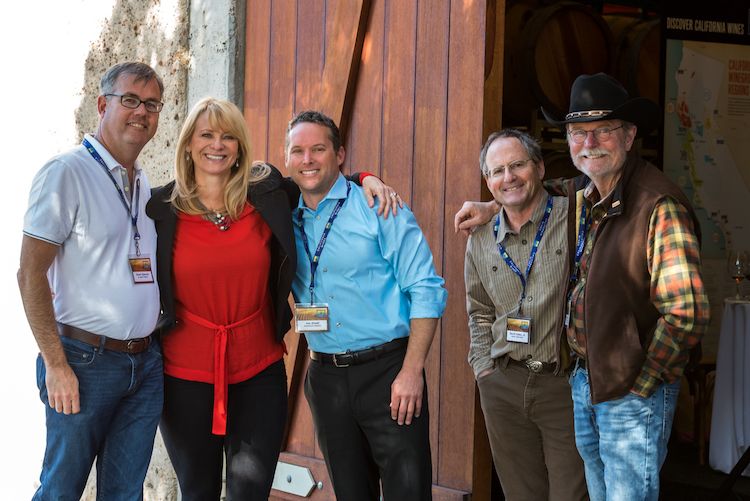In these days of the much-maligned and often meaningless term ‘old vines’ the Zinfandel of California can come from plants of over 100 years old.
Much of the current excitement around wines from California has centred on the New Wave of winemakers, and their often refreshing use of Old World and obscure varietals. Zinfandel, meanwhile, continues to bear the crown of being the underdog variety, even though it is considered to be California’s heritage grape and is America’s third most planted variety.
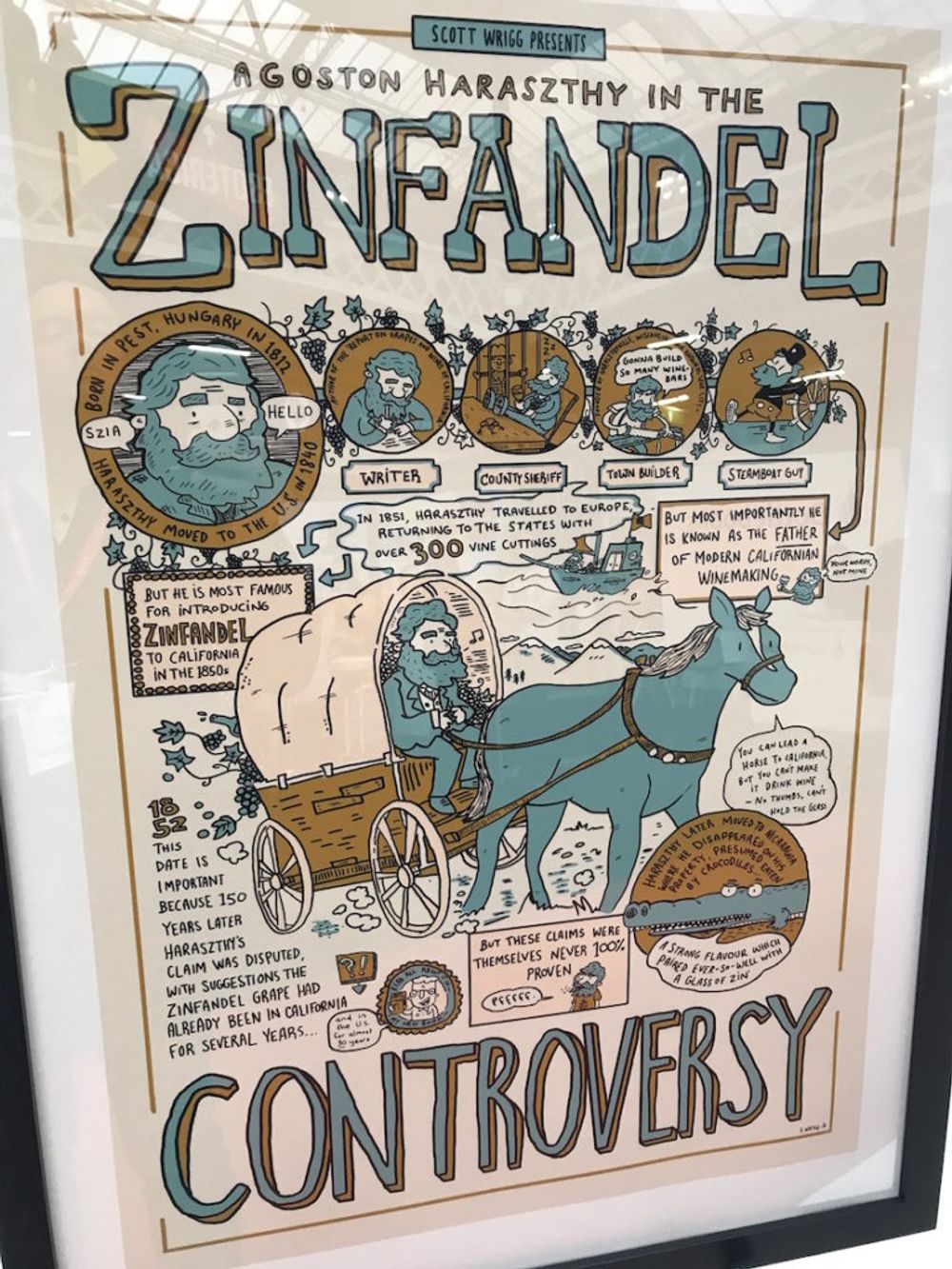
There has been much written in recent years about the origins of Zinfandel and Primitivo, the similar grape largely grown in Italy– current thinking is that both varieties point to a Croatian grape called Crljenak Kastelanski, although there is a claim from Macedonia that both varietals originated from there. There is controversy also as to who first introduced the grape into the States, but what is unequivocally true is that when it was planted in California it found its true home – the State is perfect for growing it with warm, dry summers, cool nights, well-drained volcanic soils and all the rain coming in the winter.
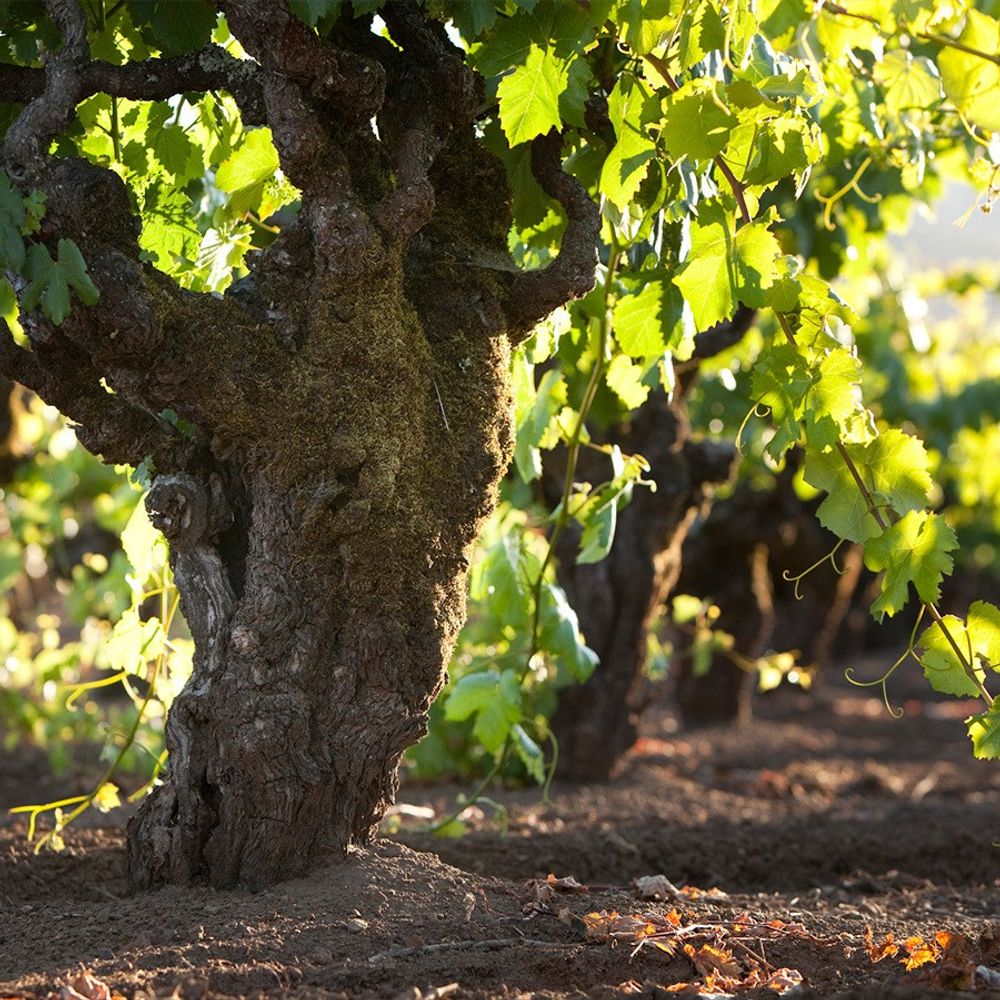
Old vines on the Seghesio estate: Many of the vines in the State are now over 100 years old
The climate and the properties of the grape – it is early ripening and can retain all its acidity prior to harvest – means that it is hugely adaptable. Zinfandel can make semi-sweet blush or ‘white’ Zinfandel (which has six times the sales of the red in the USA), rosé, dry red, sparkling and sweet wines – late harvest red and fortified ‘Port’ style. While most Zinfandel is made as a 100% varietal, some winemakers prefer to blend it.
When California Zinfandel is good it is world class – the balance of the acidity and tannin being key to the wine’s structure in much the same way that say Barolo relies on a similar backbone. So you can have bags of primary, black spicy fruit, and the wine can pack some serious ABV but you wouldn’t know it and nothing is out of kilter. It can also age for up to 30-40 years, with the wines developing formidable complexity and elegance.
There is a wide range of styles of Zin being made right now from Broc Cellars’ early-picked 12.5% ABV homage to the Northern Rhône through to some heavy-hitters that still manage amazing balance.
Below is The Buyer’s recommendation of 10 Zinfandel to put on your buying list.
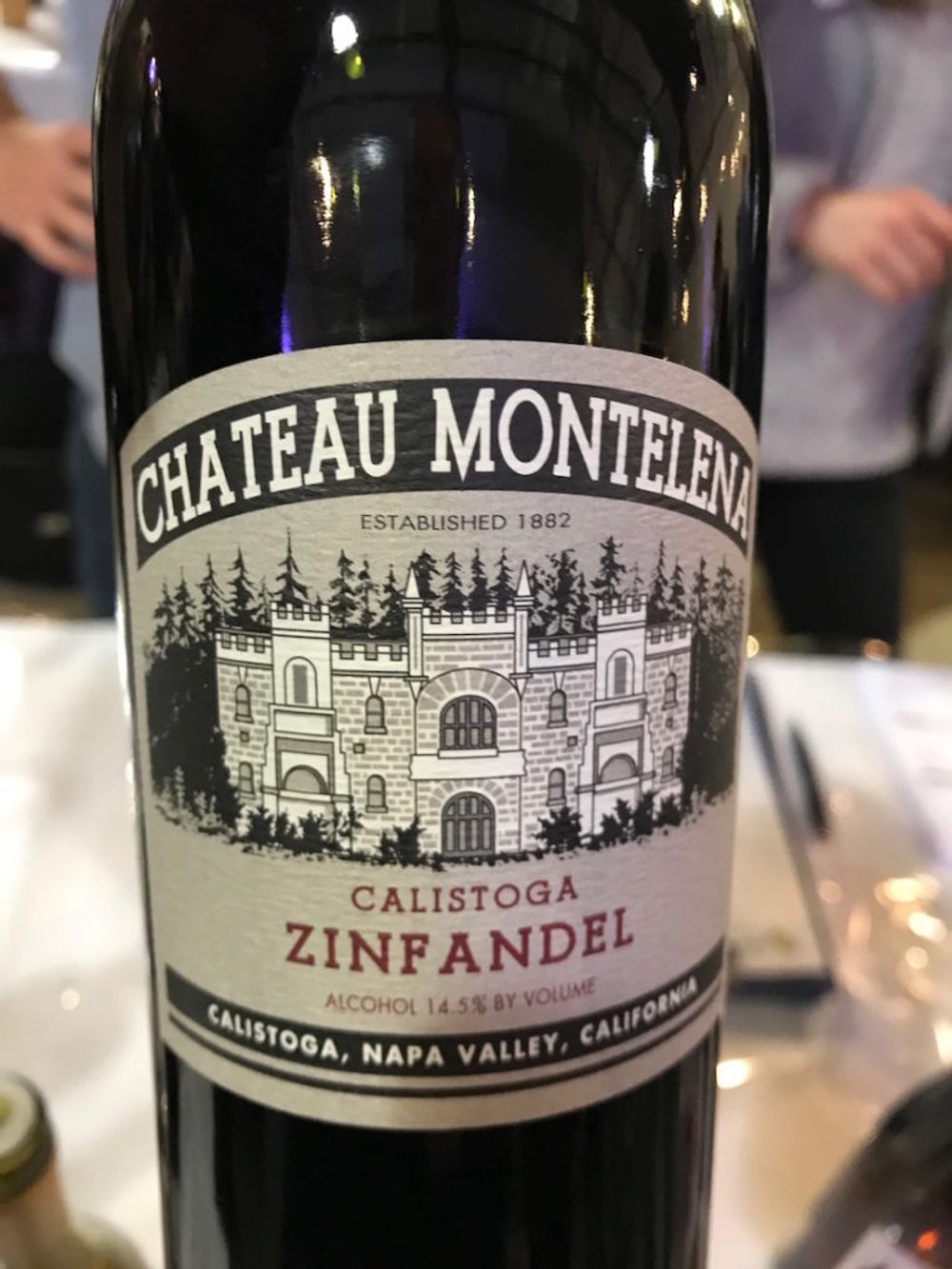
Calistoga Zinfandel 2014, Chateau Montelena
For a winery that’s renowned for its Chardonnay, it was a surprise at a winemaker’s lunch two years ago to find that the wine pairing of the event (by quite a long way) was its Calistoga Zinfandel with Nobu’s black cod. The miso, caramel flavours of the fish brought out the Old World style of the wine’s finish – dark chocolate, cigar box and garrigue herbs. 2014 was a great vintage for this estate and Zin generally – wonderful nose of dried cherry, cocoa, with roasted nuts, cloves, and a fresh cranberry crunch, attributed to the Primitivo that Montelena uses in its blend.
East Bench Vineyard Zinfandel, 2017, Ridge Vineyards
Although the four-varietal Geyserville blend gets most of the column inches the East Bench 100% Zinfandel from a replanted old vineyard is the ‘sleeper’ in the Ridge portfolio. Two blocks that were replanted in 2000 and 2001 with cuttings from four pre-phylloxera vineyards makes this lean, fragrant, juicy Zin that has all the classic hallmarks – crisp blue fruits, blackberries, cedar, tobacco – and an approachability that makes for early drinking or medium cellaring.
Old Hill Vineyard Zinfandel 2015, Ravenswood
‘Embrace the bold, abhor the bland’ is Joel Peterson’s philosophy and the No Wimpy Wines Allowed sign that graces Ravenswood’s tasting room, although it reflects the power and assertiveness of these wines, it does a disservice to the complexity, refinement and elegance that these wines particularly exude with age. 2015 was a good year for Zin with delicious notes of mint, cedar and vanilla mixed with the black cherries and raspberries.
Hayne Vineyard Napa Zinfandel 2015, Turley
Turley makes 27 different Zinfandels, all single vineyard expressions, which fits with the winery’s philosophy of identifying and preserving some of California’s most historic vineyards. In all they make 47 wines from 50 vineyards. The Hayne Vineyard was planted in 1904 and produces a wine such as the 2015 that has richness and polish but a vibrant edge, from the well judged acidity to the persistent finish. Bright violet with a complex melange of black flavours (liquorice, blackberry, fig, pencil shavings).
Marian’s Old Vine Zinfandel, 2017, St Amant
Stuart Spencer has continued his father’s brand of distinctive, hand-crafted wines made in Lodi and the Zins that come from this 8.3 acre low-yielding vineyard planted in 1901 are extraordinary – big, bold with masses of concentration but, most importantly, great balance. Also worth checking out is his Lodi Native Marian’s Zinfandel, a collaborative project with five other winemakers to highlight Lodi’s historic Zinfandel vineyards.
Premier Old Vines Zinfandel, 2014, Renwood
Based in the rolling Sierra foothills of North California’s gold country, Renwood has built up a considerable reputation in the 26 years since it was established. This is a blend of its most iconic vineyards, a bright, aromatic wine with blackberry, cocoa and cola nut, great acidity, freshness and balance with a nice velvety finish. One of the best lower priced old vine Zins on the market.
Old Vine Zinfandel 2015, Sonoma County, Seghesio Family Vineyards
Edoardo Seghesio first started planting Zinfandel vines in Sonoma County in 1895, today the estate produces 10 different Zinfandels from its excellent ‘entry level’ Sonoma Zinfandel blend this Old Vine Zinfandel where the average age is 70 years old. Deep, broody, black berries and pepper notes, with a woody spiciness, hints of leather and cinnamon on the long finish. The vibrancy of the acidity and balanced tannins are a joy.
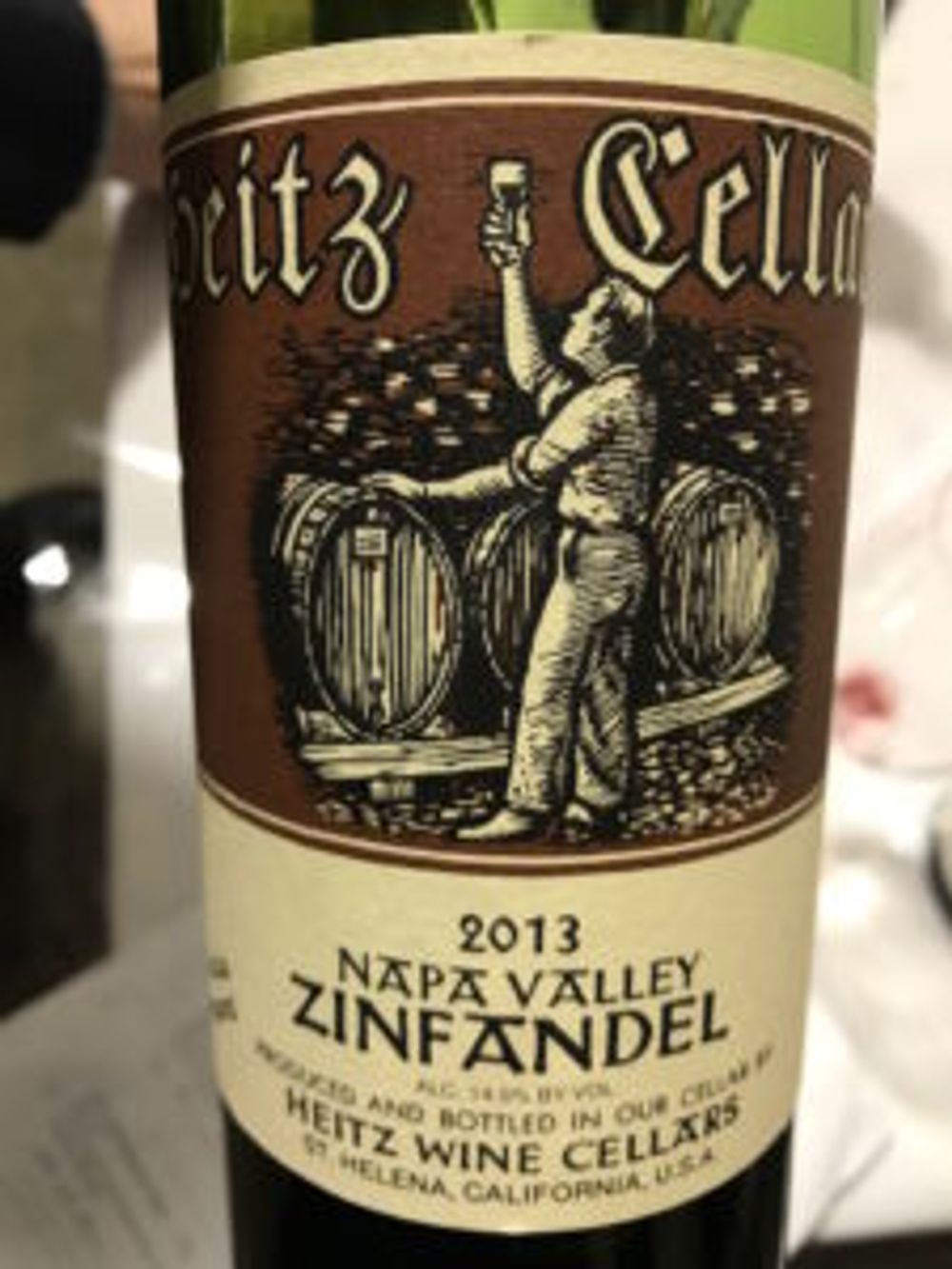
Napa Valley Zinfandel 2013, Heitz Wine Cellars
Alongside Montelena and Seghesio, Heitz was the best Zinfandel showing at the Essential California tasting held back in the Spring in London. The crack of texture, bright acidity and black pepper in the mid-palate is outstanding and underpins the baskets of freshly-crushed black fruit – mulberry, plum, blackcurrant. Inviting, fruity bouquet, rounded tannins, firm backbone – great winemaking.
Vine Starr Zifandel 2016, Broc Cellars
You can always rely on Broc Cellars to provide a different take on a classic grape variety and with Vine Starr it has purposely gone for less concentration and alcohol to show “the pretty side of Zinfandel” – a homage to the wines of the Northern Rhône and Beaujolais. Picked at low brix to highlight acidity, nerve and bright-red fruit on the bright-red spectrum and low intervention gives the wine a quite unexpected fresh herb edge, with a bristling, zippy acidity that reminded me of nettles (in a good way!) It’s medium bodied, heading for the red raspberry side of the spectrum rather than blackberry. Alcohol…. 12.5%
8 Years in the Desert, 2017, Orin Swift
Showing how well Zinfandel blends with other grape varieties, particularly with Petite Sirah and Syrah, Dave Phinney’s 8 Years in the Desert is a complete antithesis of Broc Cellars’ approach. Phinney has had a love affair with the grape since day one, it was the first wine he made and it is his most recent cuvée. After the success of The Prisoner and the sale of the brand, Phinney agreed not to make Zin again for eight years and this is his return. It’s got figs, bramble fruit, currants and dark plums but great minerality, dried herbs and finesse at the same time.
